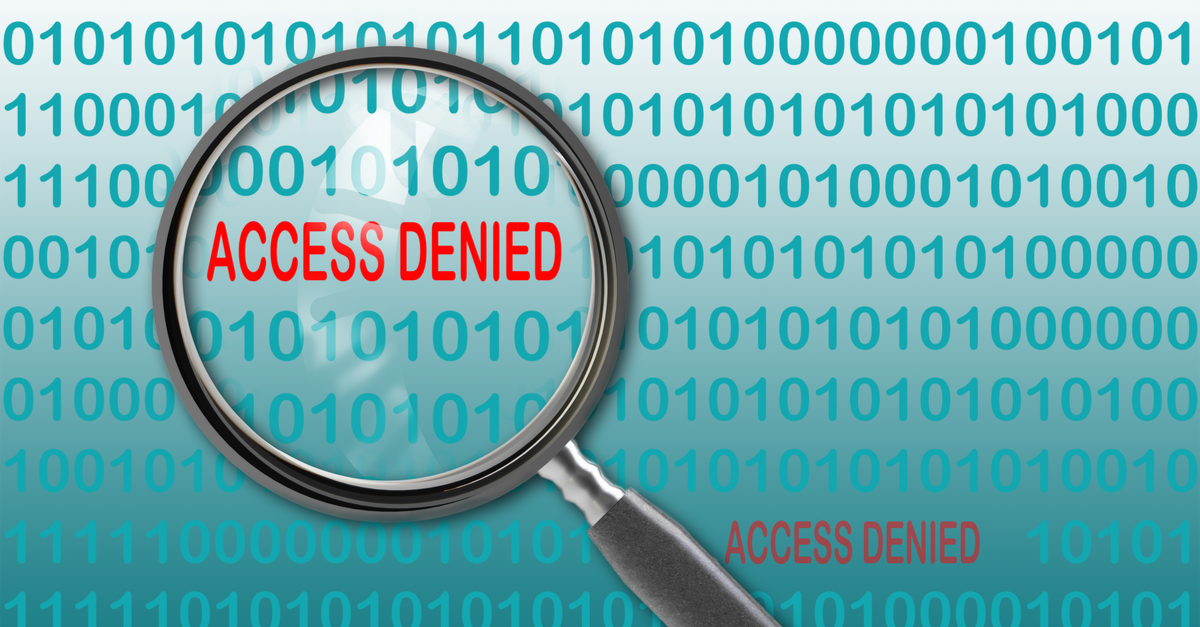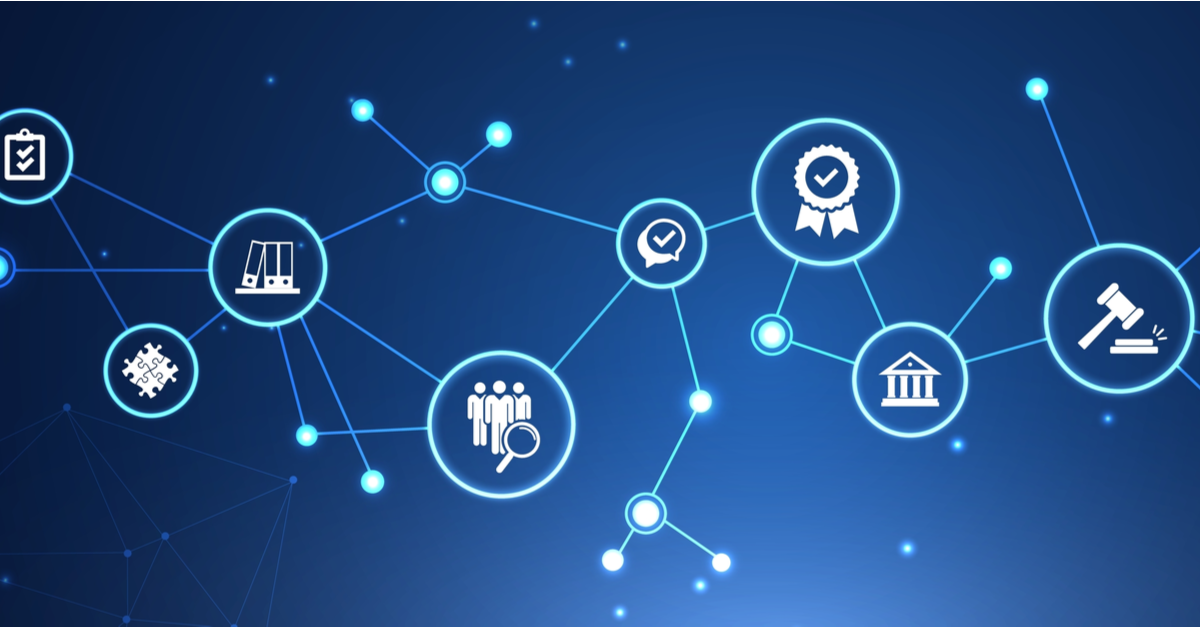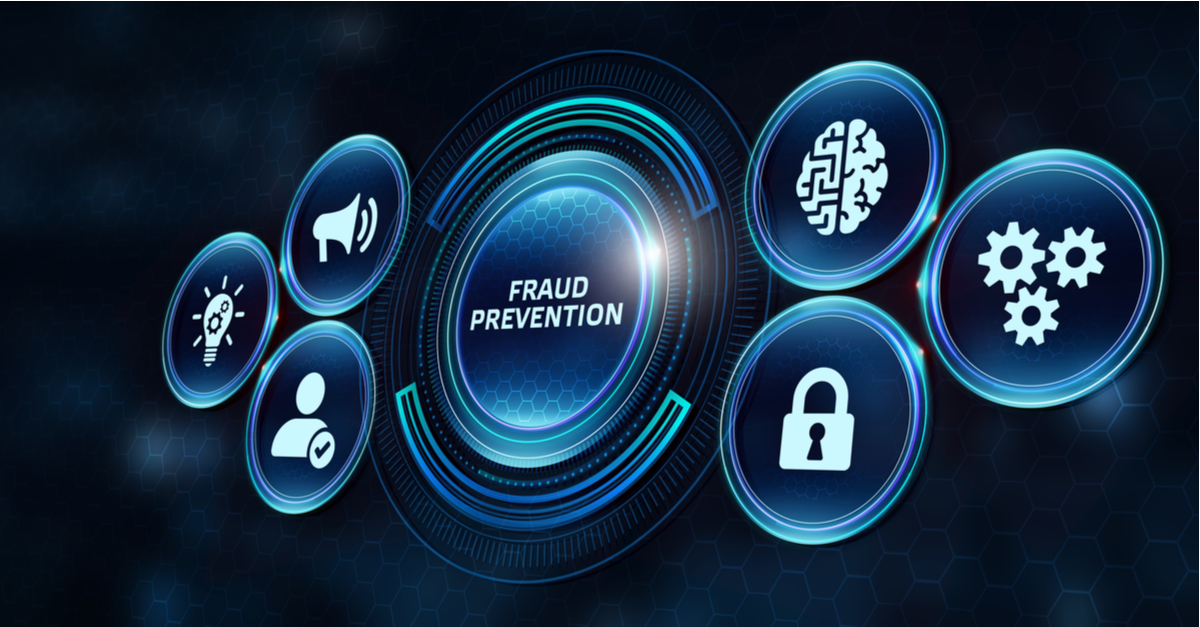Implementing enterprise resource planning (ERP) systems has always been both mission-critical and notoriously difficult. They must align with business processes, but the organization distributes those processes across multiple departments. Legacy ERP systems, often considered a large one-time investment, lack the flexibility necessary to scale with your business. As your organization began its digital transformation journey, cloud-based ERP seemed to be a solution to many of these problems. However, every benefit comes with a cost. Modernizing legacy ERP systems for security and compliance creates new challenges, particularly with distributed workforces.
Why is Modernizing ERP a Mission-Critical Business Goal?
Whether you wanted to modernize your ERP or not, you likely found yourself rapidly adopting to remote access requirements in 2020. In response to COVID-driven stay-at-home orders, companies needed to accelerate their digital transformation strategies. This move included ERP systems.
However, as you look toward a post-pandemic business model, you might be considering maintaining a hybrid workforce. Thus, modernizing your ERP is a mission-critical business goal for several reasons, including:
- Ability to access from anywhere
- Built-in Customer Relationship Management (CRM)
- Lower capital expenditures with subscription models
- Reduced total cost of ownership
According to HubSpot’s 2020 ERP Report, 34% of respondents said they were moving away from legacy systems, and 86% selected SaaS deployment models. However, that same report noted that 27% of respondents remaining on-premises cited security breach risk as their reason.
ERP Security and Privacy Controls are Notoriously Difficult to Implement
When undergoing digital transformation, organizations often struggle trying to secure their ERP systems. Most companies need to take a hybrid approach that connects their legacy on-premise deployment to their new SaaS applications.
Organizations struggle trying to prioritize and mitigate risks for several reasons. However, three fundamental challenges exist:
- Data storage arrangements: Inability to control infrastructure increases data leakage and corporate espionage risks
- Authentication: Continued brute force attacks and credential theft increase data security and privacy risks
- Access controls: Complex identity and access relationships reduce the ability to control who accesses resources
Traditional on-premise ERP deployments used role-based access controls (RBAC) with static permissions lists. However, the inherently static nature means that these alone fail to protect data, particularly in remote or hybrid work environments.
For example, PeopleSoft’s security model assigns roles to user profiles. The user profile defines the data that the person can use. The permissions list is the set of pages the user can access and actions the user can take.
These controls protect data across on-premises deployments where the applications and users sit inside the organization’s network. Since remote access to on-premise ERP is dynamic, these legacy controls increase security and privacy risks when implemented for modernized ERP projects.
5 Strategies for Setting Security and Privacy Controls for a Hybrid ERP Deployment
Companies adopt digital transformation to leverage speed and agility, enabling them to scale operations. At the same time, they still need to maintain their on-premise systems. To protect information, organizations need dynamic and scalable access controls that align with their systems and business goals.
1. Identify Assets and Assess Risk
For effective access controls, the first step is to identify all data that you store, process, and transmit. Second, you need to assess the data’s criticality and risk level. Finally, you need to identify users who access information and assess the risk they post to the organization.
As part of this, you should consider:
- Standard users
- Privileged users
- Users’ payment processing authority level
- Financial information
- Personally identifiable information
- Sensitive corporate information
Once you assess user and data risk, you can create a plan that helps you migrate the information securely. When setting controls, you should limit access according to the principle of least privilege and create fine-grained access privileges.
2. Normalize Data Access Across Integrated Applications
With SaaS applications, organizations no longer need to commit to a single platform. They can pick and choose the applications that best meet their needs, which can mean integrating multiple vendors.
As you build out your application stack, you need to maintain appropriate access controls. This can be difficult when vendors define access rights differently. Many organizations worry that normalizing access data requires an expensive, labor-intensive overhaul of their Identity and Access Management programs.
However, if you focus on visibility instead of connectivity, you can leverage automated tools that help you see into user access. Tracking user access in a single location, despite disparate access definitions, enables you to protect data security and privacy even across different application vendors like SAP and PeopleSoft.
3. Use Context
A primary benefit of hybrid on-premise and cloud ERP systems is the ability for people to work wherever they want. However, that same flexibility drives many of the security and privacy risks companies face.
Adding context to your access permissions is another way to secure data. After setting your role-based controls, you should consider adding context such as time of day, geographic location, and IP address. With these attribute-based access controls (ABAC), you can more granularly define how users interact with data, making it easier to detect anomalies.
4. Enable Step-Up Multi-factor Authentication
ABAC also enables you to use step-up multi-factor authentication (MFA). Step-up authentication is a process where users need to re-authenticate into an ERP application when they attempt a privileged function or transaction. ABAC enables you to trigger step-up MFA when your system detects an abnormal attribute, often one associated with credential theft.
For example, one of your users always logs in from California, USA. If the user tries to access the ERP’s payment module from Ontario, Canada, the system will notice that this is an outlier, an abnormal attribute for this user. The system can require re-authentication, additional proof that the person is who they say they are. If this is a cybercriminal leveraging stolen credentials, then the step-up authentication acts as an additional security and privacy control, preventing unauthorized access.
5. Continuously Monitor Behavior Around Data Access and Usage
Modernizing your ERP security and privacy controls also includes continuously monitoring for anomalous and suspicious activity. Gaining a granular view into data access and use is a way to proactively mitigate risks that can arise in a remote workforce accessing ERP solutions.
Continuously monitoring access can help you gain insight into employee productivity, cybersecurity risks, and insider fraud. Tracking when and how employees use data gives you a way to set baselines for “normal” activity—any deviations from this warrant further investigation.
For example, a user consistently accesses your ERP between 8 am and 5 pm from a location in the United States. If the user suddenly accesses the system at 2 am, the anomalous activity could indicate fraud. Even if you’re using step-up MFA to prevent that activity, you still need to investigate the event. While it may be someone with insomnia, it can also be an employee trying to steal information or money.
Appsian Enables ERP Security and Compliance for Your Digital Transformation
Modernizing your legacy ERP application doesn’t mean you have to “sacrifice” the same granular levels of control and visibility as a cloud application to enforce data security, privacy, or compliance policies. Taking a proactive approach to ERP security and data privacy during your company’s digital transformation can mitigate risks before they turn into realities.
Appsian has been enhancing on-premise ERP environments for more than ten years, and we’d love the opportunity to learn more about your digital transformation project so we can help you manage your ERP data security and compliance needs. Contact us today.



























